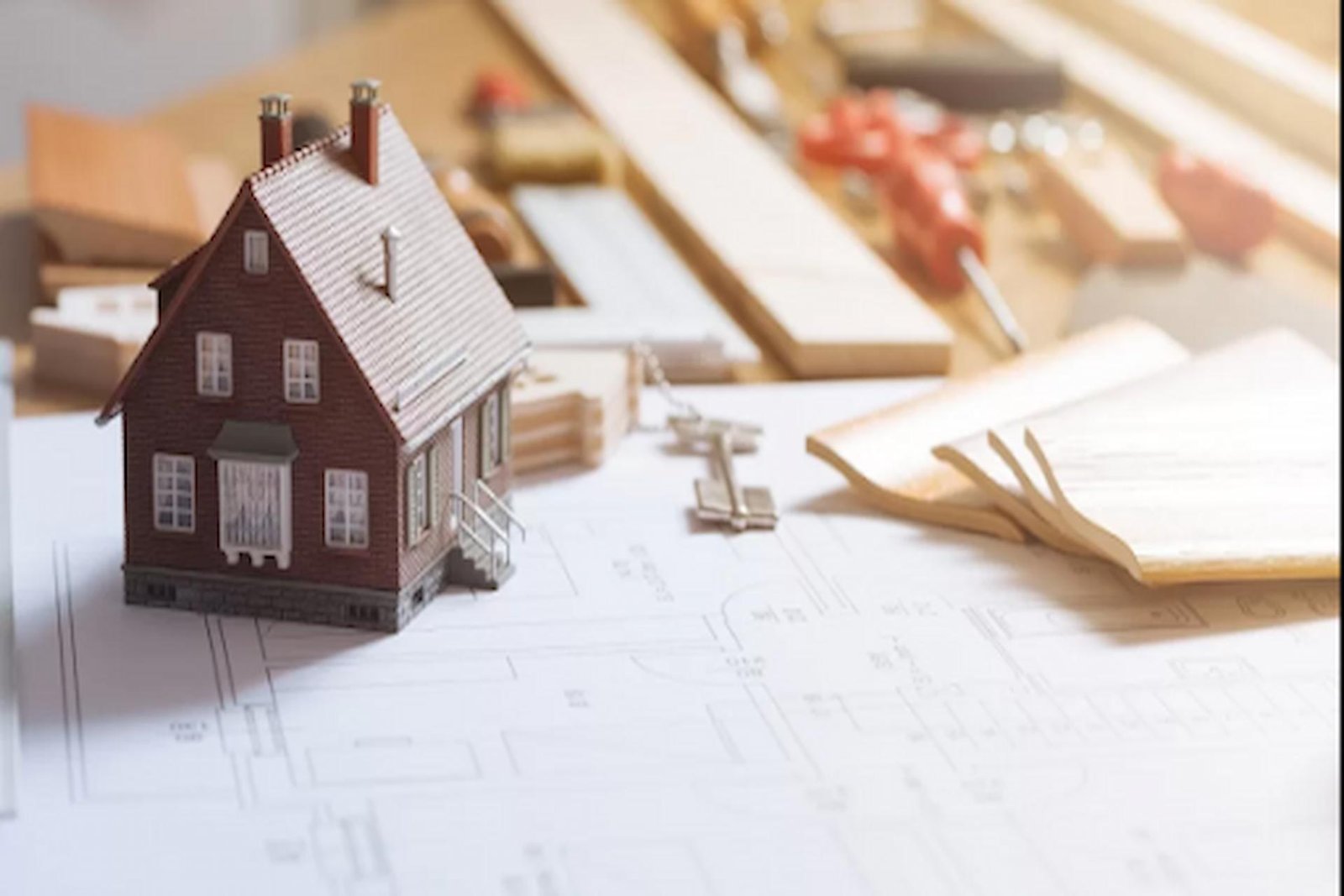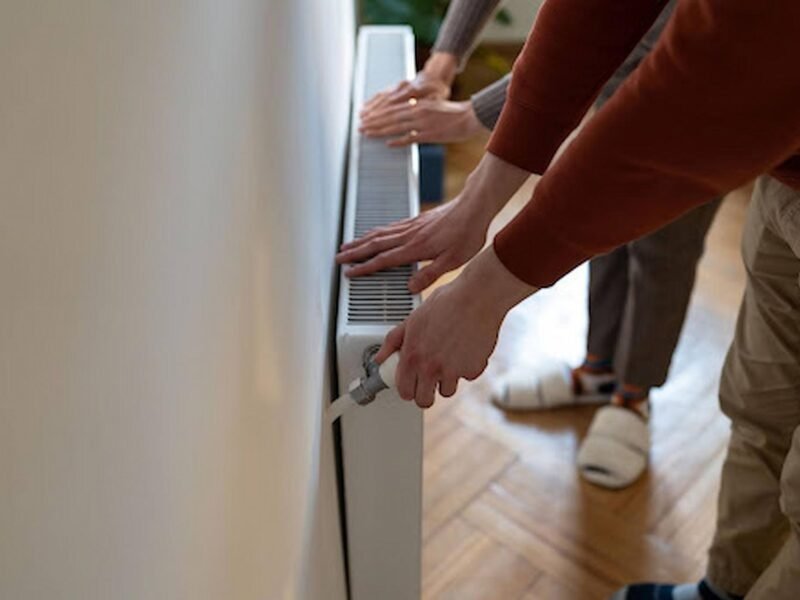Home improvement projects are an excellent way to enhance comfort, functionality, and the value of your property. Whether you are renovating a single room, upgrading your kitchen, or transforming your outdoor space, careful planning and execution are essential to achieve the best results. Home improvement not only improves aesthetics but also creates a healthier and more efficient living environment.
For those seeking comprehensive insights on home improvement ideas and practical advice, UrbanSplatter offers a wide range of tips and guidance for homeowners.
Planning Your Home Improvement Project
Before starting any project, careful planning is key. Proper preparation ensures efficiency, minimizes costs, and avoids unnecessary mistakes.
1. Set Clear Goals
Define what you want to achieve. Are you focusing on increasing property value, improving comfort, or simply updating aesthetics? Clear goals help prioritize tasks and determine the scope of work.
2. Establish a Budget
Determine how much you can invest and allocate funds to different aspects of the project. Include costs for materials, labor, permits, and unexpected expenses.
3. Research and Inspiration
Browse magazines, online platforms, or home improvement guides to gather ideas. Seeing examples of completed projects helps visualize the final result and identify what suits your style.
4. Plan the Timeline
Set realistic timelines for each phase of the project. Consider potential delays and schedule work in a way that minimizes disruption to daily life.
Upgrading Your Kitchen
The kitchen is often considered the heart of the home, and upgrading it can have a significant impact on both aesthetics and functionality.
- Cabinetry: Replace old cabinets or repaint existing ones for a fresh look. Adding organizers can maximize storage.
- Countertops:Opt for durable materials like quartz, granite, or laminate depending on your budget.
- Appliances: Modern appliances are more energy-efficient and enhance convenience.
- Lighting: Combine task lighting with ambient lighting to improve functionality and mood.
Kitchen upgrades not only enhance daily living but can also increase property value significantly.
Revamping Your Bathroom
Bathrooms are another area where improvements can make a big difference in comfort and style.
- Fixtures: Replacing faucets, showerheads, and toilets with modern, water-saving options improves efficiency and aesthetics.
- Tiles and Flooring: New tiles or vinyl flooring can completely change the look of a bathroom.
- Storage Solutions: Adding shelves, cabinets, or vanity organizers reduces clutter.
- Lighting and Ventilation: Proper lighting and ventilation prevent mold growth and create a pleasant atmosphere.
Small improvements, even like replacing hardware or adding mirrors, can make bathrooms feel larger and more inviting.
Enhancing Living Spaces
The living room, bedrooms, and dining areas are key spaces for comfort and style.
1. Painting and Wall Treatments
A fresh coat of paint can instantly transform a room. Accent walls, wallpaper, or textured finishes add personality and warmth.
2. Flooring Upgrades
Replace worn-out carpet with hardwood, laminate, or tiles. Rugs can add color and comfort without a full renovation.
3. Furniture and Layout
Rearranging furniture or investing in multifunctional pieces improves flow and usability. Consider built-in storage to maximize space.
4. Lighting Enhancements
Layered lighting—ambient, task, and accent—creates a balanced and inviting atmosphere in living spaces.
Outdoor Home Improvements
Outdoor spaces, such as gardens, patios, and decks, extend living areas and enhance property appeal.
- Landscaping: Planting trees, shrubs, and flowers creates a visually appealing environment and improves air quality.
- Patio and Decks: Adding or updating a deck or patio provides space for relaxation and entertaining guests.
- Fencing and Gates: Modern fencing not only enhances privacy but also adds to the overall aesthetic.
- Outdoor Lighting: Pathway and garden lighting improve safety and ambiance during evening hours.
Investing in outdoor improvements can significantly boost curb appeal and increase property value.
Energy Efficiency Upgrades
Improving energy efficiency is both environmentally friendly and cost-effective.
- Insulation: Proper insulation reduces heating and cooling costs while maintaining comfort.
- Windows and Doors: Installing energy-efficient windows and doors reduces heat loss and noise.
- Lighting: Switch to LED bulbs for lower energy consumption and longer lifespan.
- Smart Home Devices: Thermostats, lighting controls, and water heaters improve energy management and convenience.
Energy-efficient upgrades not only save money in the long run but also make your home more sustainable.
Safety and Maintenance
Home improvement also involves ensuring safety and long-term durability:
- Smoke and Carbon Monoxide Detectors: Regularly check and replace batteries to protect your family.
- Plumbing and Electrical: Address leaks, faulty wiring, or outdated systems to prevent accidents.
- Roof and Gutters: Maintain and inspect roofs and gutters to prevent water damage.
- Pest Control: Regular inspections and preventive measures keep pests away and protect structural integrity.
Routine maintenance and safety upgrades safeguard both residents and the property itself.
DIY vs Professional Help
Determining when to do-it-yourself and when to hire professionals is crucial:
- DIY Projects: Painting, decorating, minor landscaping, and simple furniture assembly are manageable for homeowners.
- Professional Services: Electrical work, plumbing, major renovations, and structural changes require skilled professionals.
Knowing your limits ensures safety and high-quality results, preventing costly mistakes in the long run.
Conclusion
Home improvement is a rewarding process that enhances comfort, aesthetics, and the overall value of your property. Proper planning, budgeting, and research are essential for successful projects. Whether upgrading kitchens, bathrooms, living spaces, or outdoor areas, combining style with functionality ensures long-term satisfaction. Paying attention to energy efficiency, safety, and routine maintenance completes the picture of a well-improved home.


